Once those seedlings are about 5-6 inches, they are transplanted outdoors and will grow until ready for harvesting. But is it really necessary? Let us answer that for you in detail.
Transplanting your seedlings or directly sowing seeds into the ground can significantly affect the success of your plants. In this blog, we’ll explore transplanting and direct sowing, helping you determine which method is best suited for your garden.
What is Transplanting?

Transplanting is the process of starting seeds indoors or in a controlled environment in seedling trays with or without plugs and allowing them to grow into seedlings before moving them outdoors. This method provides your plants with a head start, ensuring they have strong roots before facing the outdoor environment. This also allows a gardener to extend their growing season since the seeds can be started indoors before the sowing season arrives.
When Should You Transplant?

Transplanting is ideal for plants that need a longer growing season or require specific temperatures to germinate from the seeds. If you live in a region with a short growing season, starting seeds indoors ensures your plants have enough time to reach maturity before cold weather sets in. It’s also a great option for delicate plants that may not survive if exposed to outdoor conditions from the start.
The Right Way to Transplant

When transplanting, timing is everything. You should wait until your seedlings have a strong root system and a few sets of leaves. Usually, once the seedlings are 6-7 inches tall, they tend to have a strong root system in place. After that, you can gradually harden them off by exposing them to outdoor conditions for short periods each day. After about a week, they’ll be ready for full transplantation. Water the seedlings well before transplanting, dig a hole slightly larger than the root ball, and carefully place the plant into the ground. Be sure to water again after transplanting to help them settle. The seedlings may look droopy for some time after being transplanted but a good watering session will perk them right up in in a few hours. Early mornings are the best time to transplant seedlings.
What is Direct Sowing?

Direct sowing means planting seeds directly into the garden soil without starting them indoors. It’s a straightforward method that allows plants to grow where they will spend their entire life cycle.
When Should You Direct Sow?

Direct sowing works best for plants that grow quickly or don’t tolerate being transplanted. Vegetables like carrots, radishes, and herbs such as coriander do well when sown directly. It’s also a great option if you want to avoid the extra steps of starting seeds indoors or if you have the right growing conditions outdoors from the start.
Pros and Cons of Transplanting

Pros:
- Controlled Growth: You can control the growing environment, giving your plants the right temperature, moisture, and lighting before they face the outdoors.
- Head Start: By transplanting, you extend the growing season, particularly in cooler climates.
- Stronger Plants: Transplanted seedlings are often sturdier and better able to withstand pests and weather.
Cons:
- Extra Steps: Starting seeds indoors requires additional equipment and care, such as pots, trays, and grow lights.
- Transplant Shock: Plants can suffer from transplant shock, where the sudden change in environment causes slowed growth or stress.
- Time-Consuming: Transplanting can take more time as you need to start seeds indoors, care for seedlings, and eventually transfer them outdoors.
Pros and Cons of Direct Sowing

Pros:
- Simplicity: Direct sowing eliminates the need for indoor seed starting, making it more convenient for many gardeners.
- Less Handling: Since the seeds are planted directly into their final spot, there’s no risk of transplant shock.
- Ideal for Root Vegetables: Plants like carrots, which dislike root disturbance, benefit from being sown directly.
Cons:
- Weather Dependency: Direct sowing depends heavily on favourable outdoor conditions. Cold snaps, heavy rain, or strong winds can damage seeds and young seedlings.
- Slower Start: Seeds sown directly in the soil may take longer to germinate, especially in cooler temperatures.
- Weed Competition: Young seedlings may struggle against weeds, which can compete for nutrients and light in the early stages.
Vegetables and Herbs: Transplant or Direct Sow?
Here’s a simple guide to help you decide which method is best for common vegetables and herbs:
Vegetable Planting Guide
| Vegetable/Herb | Transplant | Direct Sow |
|---|---|---|
| Tomatoes | ✔ | ✔ |
| Peppers | ✔ | |
| Lettuce | ✔ | ✔ |
| Carrots | ✔ | |
| Radishes | ✔ | |
| Basil | ✔ | |
| Broccoli | ✔ | |
| Spinach | ✔ | |
| Cucumbers | ✔ | ✔ |
| Peas | ✔ | |
| Beans | ✔ |
The choice between transplanting and direct sowing ultimately depends on your climate, the type of plants you’re growing, and the time you have available. Transplanting gives you more control, while direct sowing is simpler and allows plants to grow naturally in their environment. By understanding the strengths and weaknesses of each method, you can ensure the best care for your plants.


 Sign In
Sign In



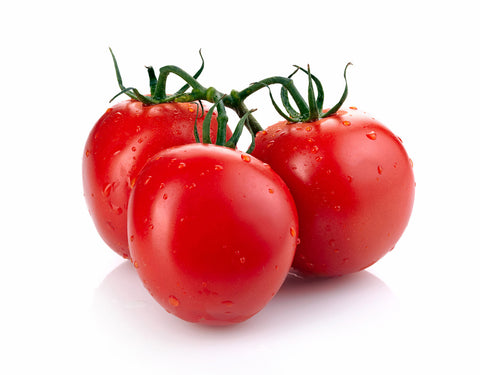
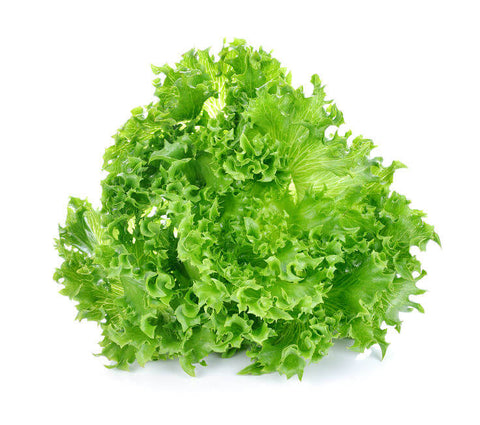
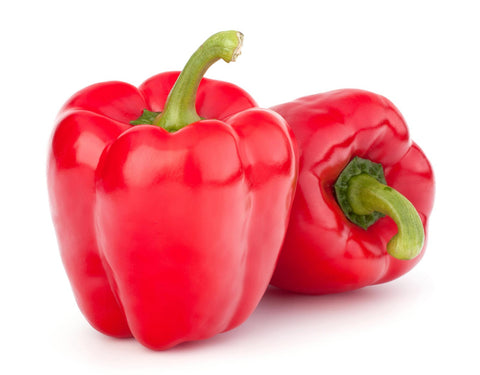
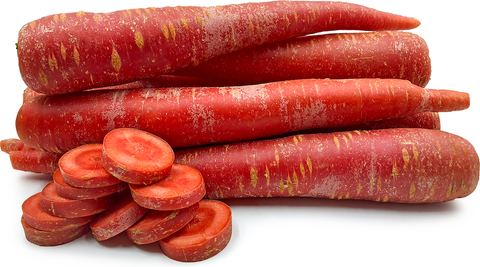
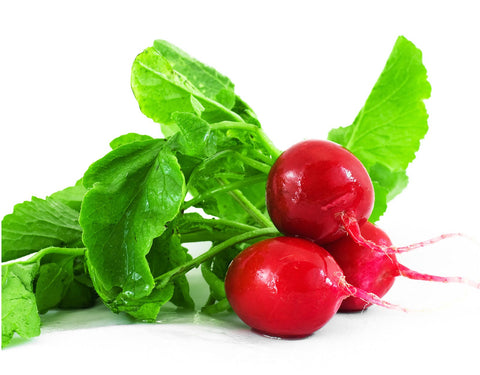
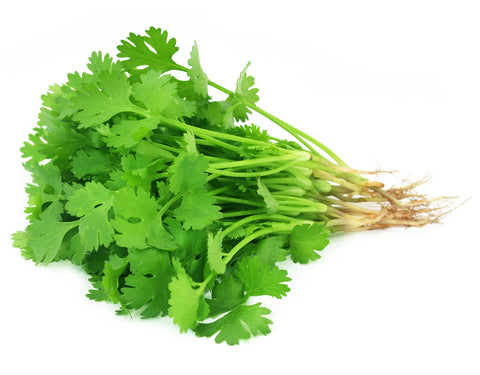
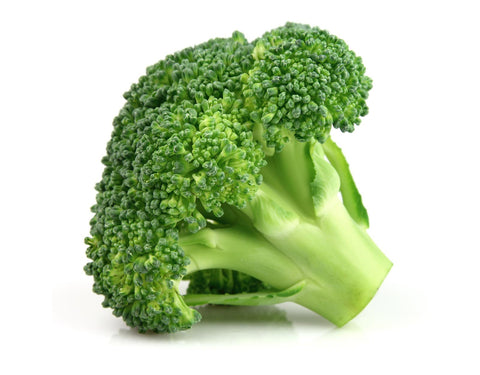
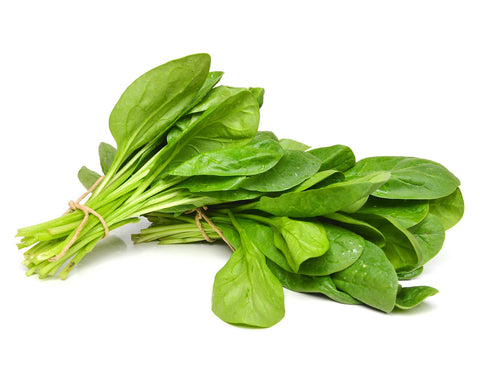
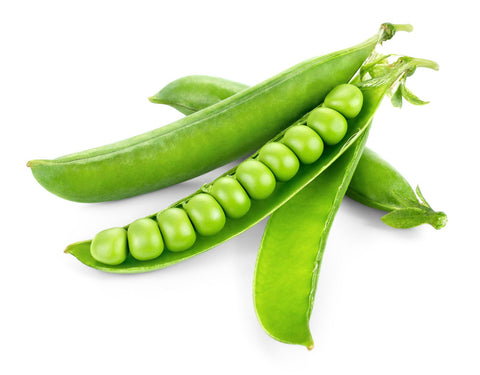
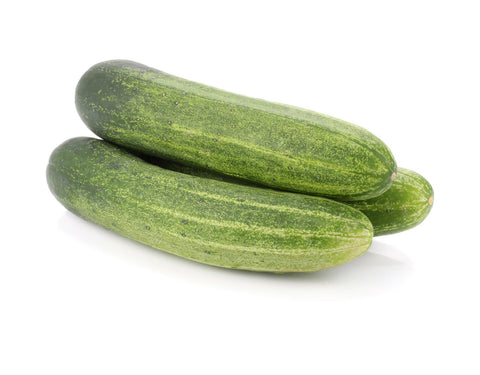
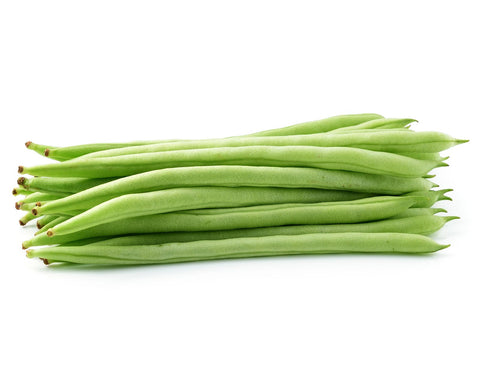
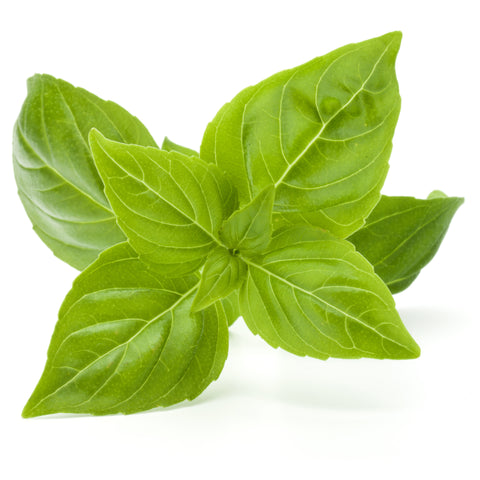






Let us know your feedback
* Comments must be approved before being displayed.